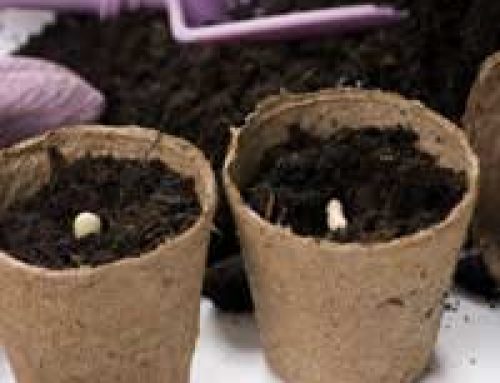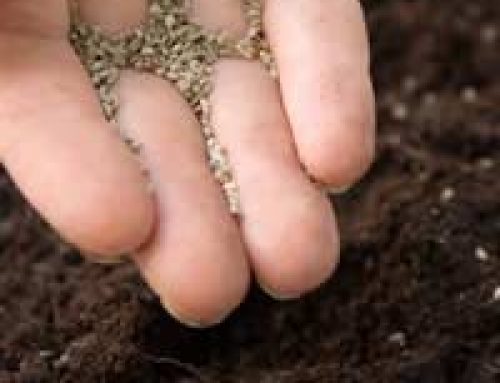
If you suffer with arthritis, it doesn’t mean that you should have to give up on your gardening. On the contrary, it’s can be an ideal activity which will help with the flexibility of your joints, improve bone density and will help you with your overall degree of motion. There are some useful pointers to bear in mind, however.
Before You Start
Before you begin your gardening, seek out advice from your GP first. They will be able to tell you what gardening activities are both suitable and unsuitable and will be able to advise you on any precautions you should take.
Arthritis can affect many people more at certain times of the day so plan your gardening when you feel at your best. That way, not only will you be able to enjoy it more, you’re also likely to be able to complete certain tasks more easily. Before starting, however, it’s beneficial to do some stretching or warming up exercises first.
Making Your Gardening More Accessible
If your arthritis restricts you but you still enjoy working in your garden, you should adapt things in such a way to make the activity easier for yourself. Wearing a tool belt so that you’re not constantly moving back and forth to collect them and using a hose instead of a watering can are just two examples on how you can make your garden easier to tend to.
Raised beds and trellises are two further examples on how you can make gardening more easy if you have restricted mobility and there are articles on both of these subjects contained on this website.
Choosing Plants
Choose plants that bloom each year so you don’t need to replant every year and ask your garden centre for advice on the kinds of plants that require less care – those that do not require regular pruning, for example.
Adaptable Tools
There are a whole range of tools which have been specially manufactured for people who suffer with mobility problems and who have specific problems with their joints and muscles in their arms and legs. Larger padded handles with specially designed cutting mechanisms can help if your arthritis causes a problem with your ability to grip. You can also get tools with longer handles to reduce the amount of time you’ll have to kneel or bend down and you can also buy knee stools which can help if the arthritis affects your legs.
Practice Safe Movements
You don’t want to be putting undue stress on your joints so if you use a stick or a walker, make sure they go into the garden with you. Get into the habit of switching tasks every half hour or so and take regular breaks. Try not to put too much pressure on your fingers and thumbs if you suffer from arthritis in these areas.
Your palms can do some of the pushing and pulling tasks you’d normally do with your fingers and wait until it rains, for example, if you’re going to be pulling weeds out of the soil as it’s far less effort when it’s wet. Try to keep twisting and squeezing motions to a minimum if they cause you discomfort and if you do need to lift any objects, make sure you do it the safe way by letting your back take the strain and not your legs. Also maintain a good posture as this helps to keep muscles and joints in the most stable and comfortable position.
The important thing is to only carry out activities which are within your physical capabilities. Don’t overdo it. If you find that you’re in pain the following day after gardening, this is your body’s way of letting you know you’ve overdone things. Therefore, once the pain has gone, the next time you go out gardening, reduce the length of time you’re out there and also the level of difficulty of the tasks you carry out.





Leave A Comment